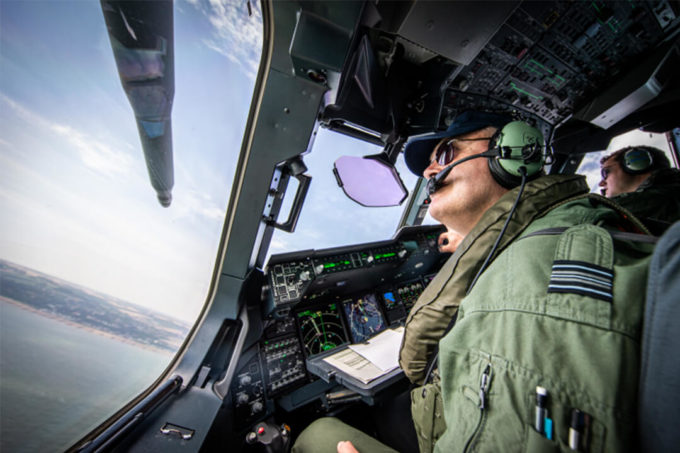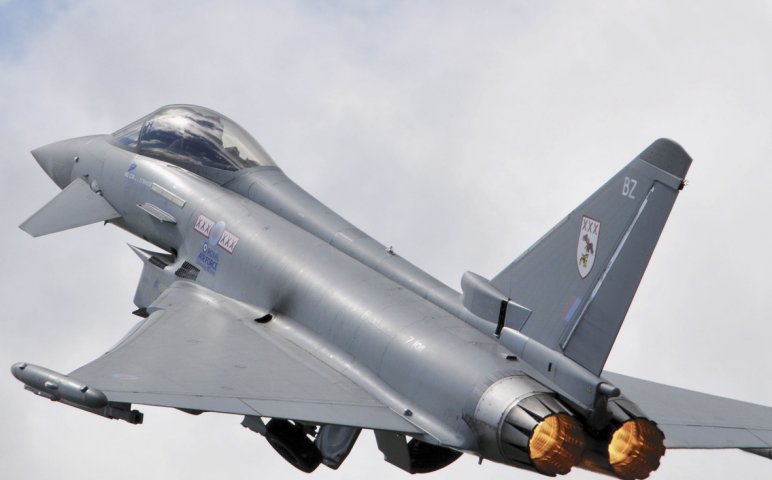According to figures published by the UK Ministry of Defence, the total amount of compensation paid for all ‘low flying’ claims since June 2021 is £423,084.52.
According to Jeremy Quinn, Minister of State at the Ministry of Defence:
“The total compensation paid for all low-flying claims from June 2021 is £423,084.52. The Ministry of Defense (MOD) has no way of verifying whether claimants are landowners or have other occupations.
The MOD takes the issue of safe low flying very seriously and understands that military flying can be noisy and unpopular but is an essential part of operational training. The MOD continues to strive to ensure that this disruption is kept to an absolute minimum and that the noise pollution load is distributed as evenly as possible across the UK low flight system. To ensure that military low aircraft are as accountable as possible to the public, the MOD provides a Low-Aircraft Complaints Investigation Unit located at RAF Wittering. “
Although military low-flying skills have declined in the UK since 1988, it remains an essential skill for military crews. It allows you to play such a variety of roles reconnaissance, search and rescue, troop transport or humanitarian assistance.
It also gives military groups better chances of survival. Whatever tasks we ask our armed forces to perform, aircrews must perform the task as efficiently as possible, often with no time for ‘on-the-job’ training. They can only do this with specialist training using the UK low flight system.
According to the government’s website, the UK’s low-flying military system covers the open airspace of the entire UK and surrounding areas overseas, from the surface to 2,000 feet above ground level ( AGL ) or mean sea level ( M.S.L )
“Large cities and towns are generally avoided by low-flying aircraft; If there are no landing spots near you. In some parts of the country, a combination of airspace restrictions and topographical features make it difficult for crews to change their routes widely. Therefore, some areas will have more military aircraft than others. There are no defined flight paths. The team plans each category separately, taking into account environmental and industrial risks. Ways to propagate disturbances to those on the ground vary as much as possible, although this is not always practical.
The team does not use specific features as navigational markers, as this would severely limit their tactical freedom. It is not inconceivable that flight crews, from time to time; Choose an isolated/important building or stationary vehicle for this purpose, but it is very unlikely that the same marker will be chosen repeatedly. It is highly unlikely that a low-flying military aircraft would set off a burglar or car alarm, although this would not necessarily indicate a violation of military aviation regulations. “

Flight simulators are also used as part of our training programs; However, there is currently no suitable substitute for a true low-flying aircraft. Currently, the RAF says, simulators do not offer the ability to safely reduce the size of low-flying aircraft.
Also, they add: “Some exercises are conducted over seas, but the sea is flat and featureless and does not provide the realistic training needed to prepare crews for operations.”

“Total creator. Devoted tv fanatic. Communicator. Evil pop culture buff. Social media advocate.”

